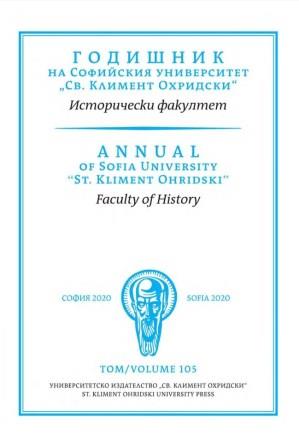Author(s): Marta Janković / Language(s): Serbian
Issue: 52/2023
In the wider area of Raška, the small round, which represents a living element of intangible cultural heritage, is still performed today. The mentioned dance belongs to the kinetic-formal type of round in three, the most widespread and persistent pattern in the dance tradition of Serbia. The small round is practiced in formal and informal contexts, i.e. at various private and public celebrations (weddings, vows, baptisms, prelo, poselo, baptism dances, etc.). The musical accompaniment of the small round can be made by a clarinet and a drum, as well as pipes. The main goal of the work is to look at the specifics of the performance of this round, to determine its basic characteristics as elements of intangible cultural heritage, as well as the scientific interpretation of this form of appearance. In addition, one of the goals of the work is to present the performance style of the Raška region, i.e., to indicate the way of dance thinking on the example of the small round. For the purposes of this work, field and historiographical research was carried out in search of data on the small round. On that occasion, the literature and work of researchers of various profiles, ethnographers, as well as amateur researchers who carried out research in this area were consulted. The results show that the name sitno kolo (small round), as a dance that belongs to the kinetic-formal type of round in three, does not exist in the literature, but based on interviews with representative practitioners, it can be concluded that it is performed in the entire area of Raška, in Podgolia, Podkopaonic and villages at the foot of Rogozna mountain. The expert explanation of the kinesic and musical text describes in detail the factors that ensure the recognizable kinetic impulse of the small round. In addition, the factors and indicators that can influence the fact that the small round, which still lives in current practice as an important identity marker of the Raška region, are characterized as part of the intangible cultural heritage.
More...
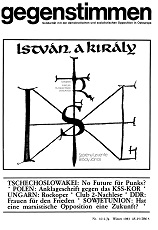

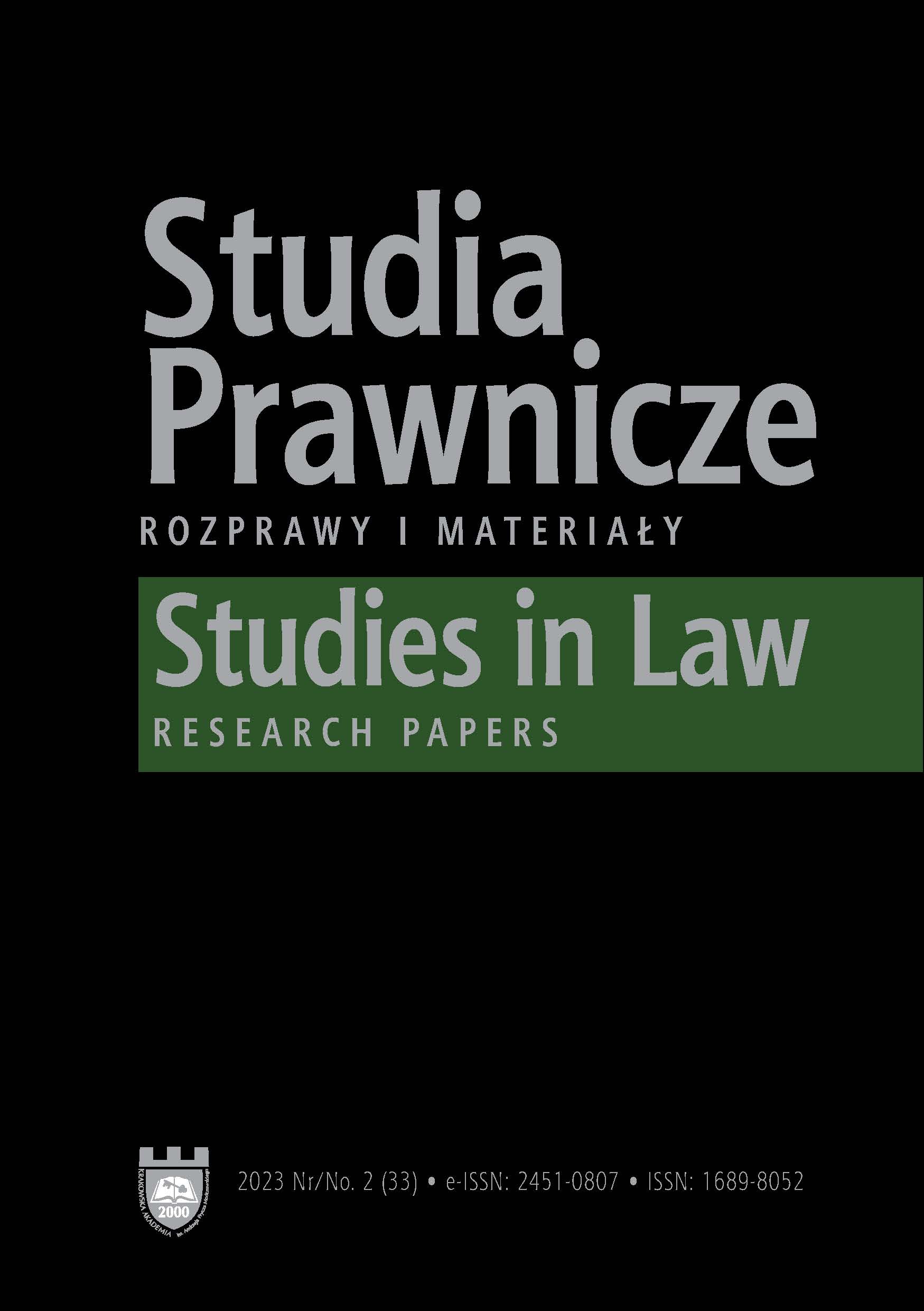
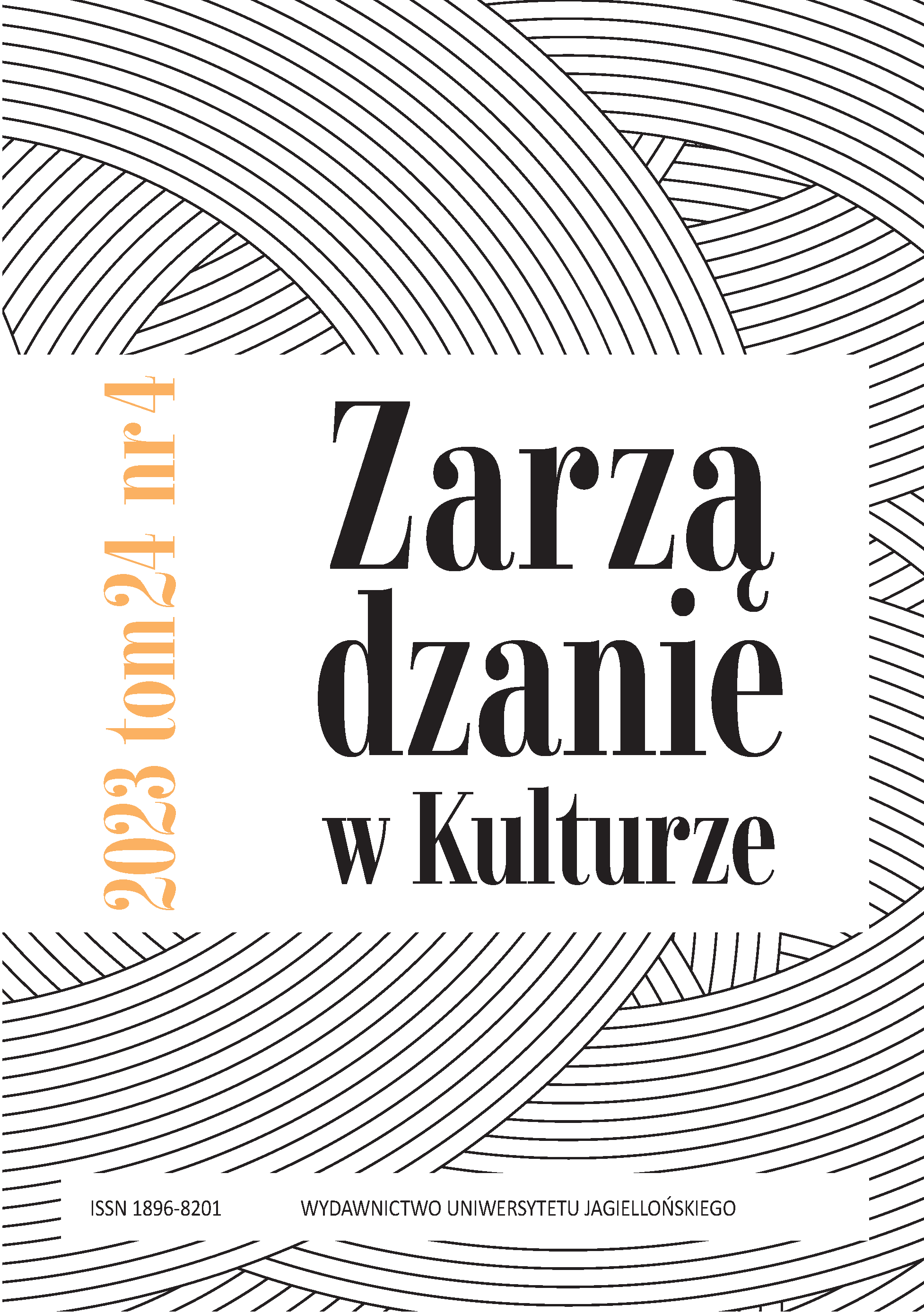
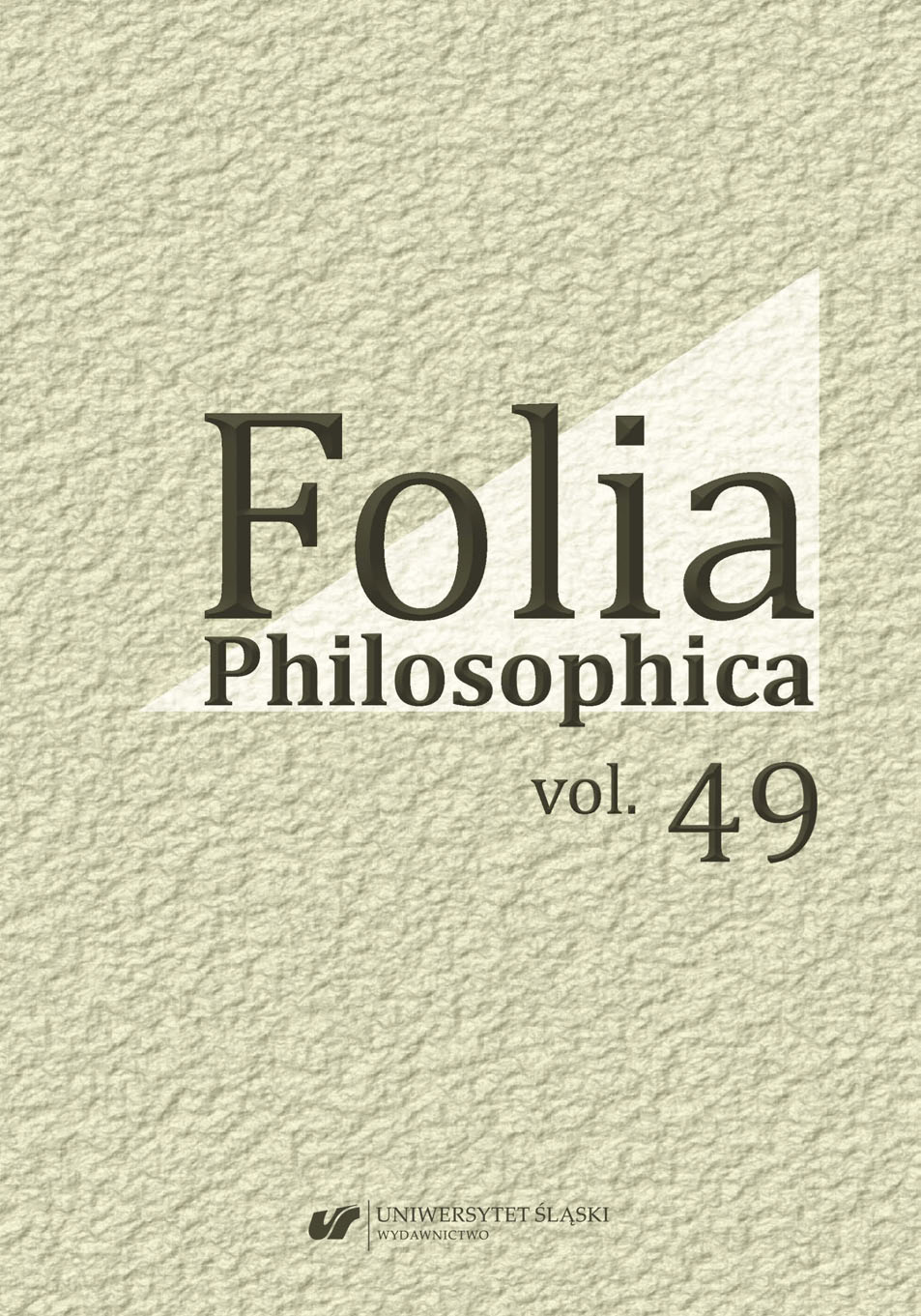
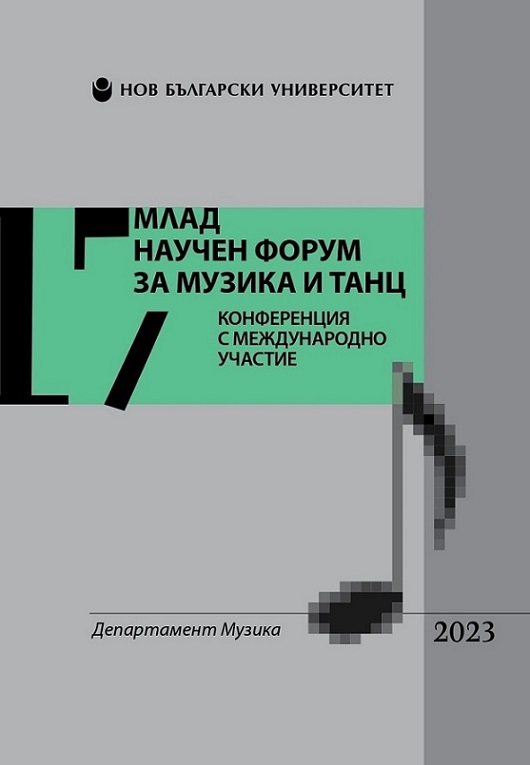

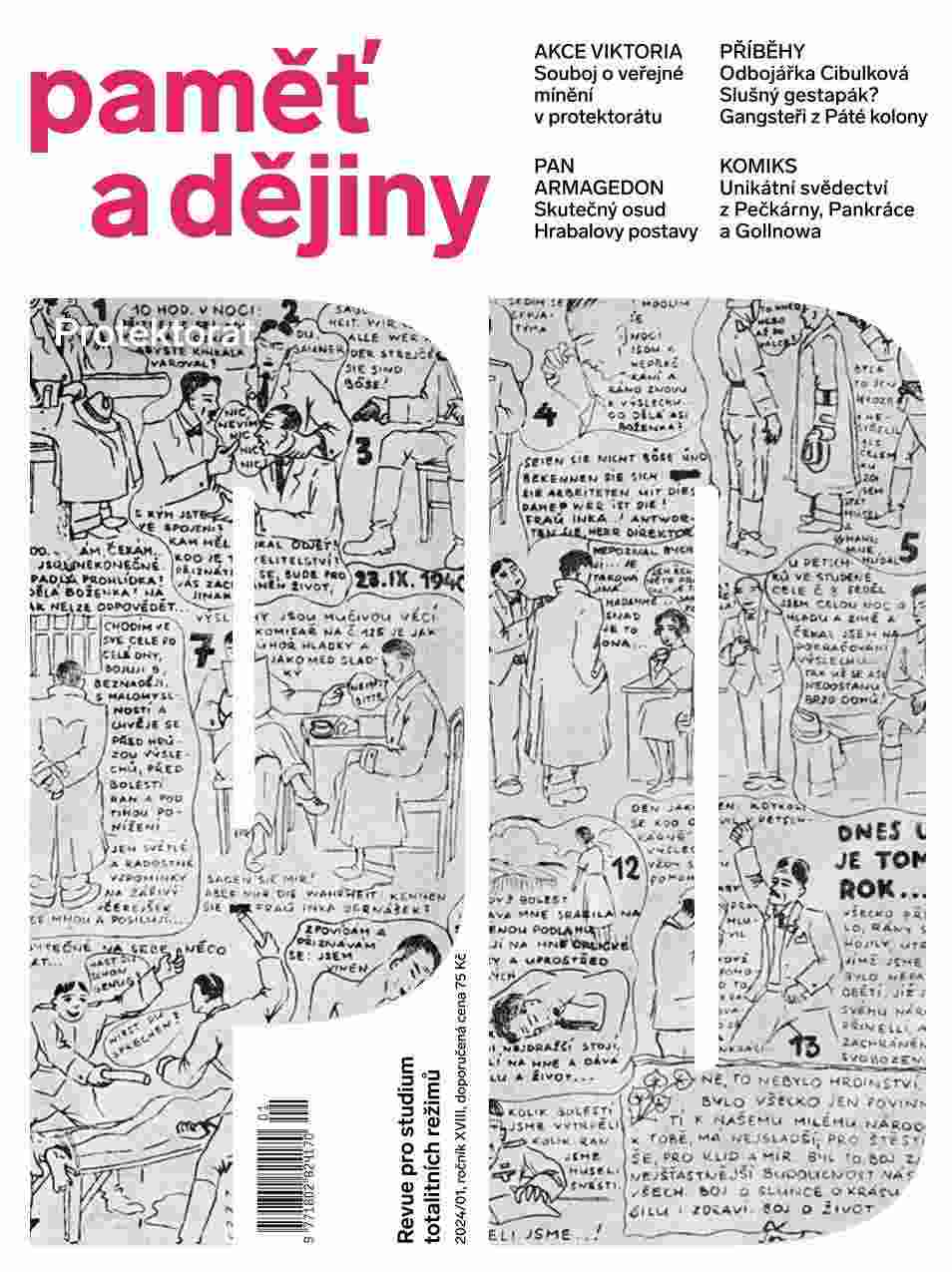
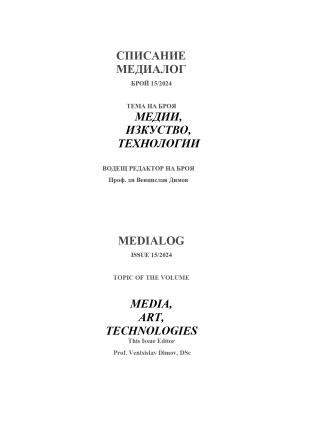

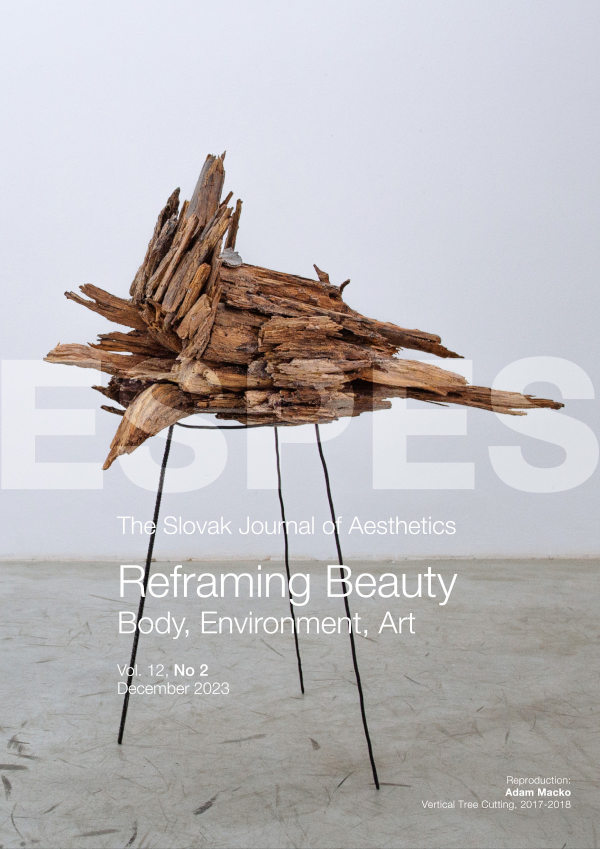
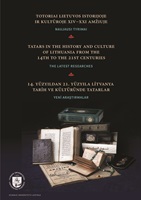
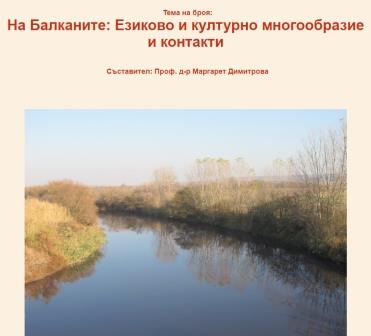
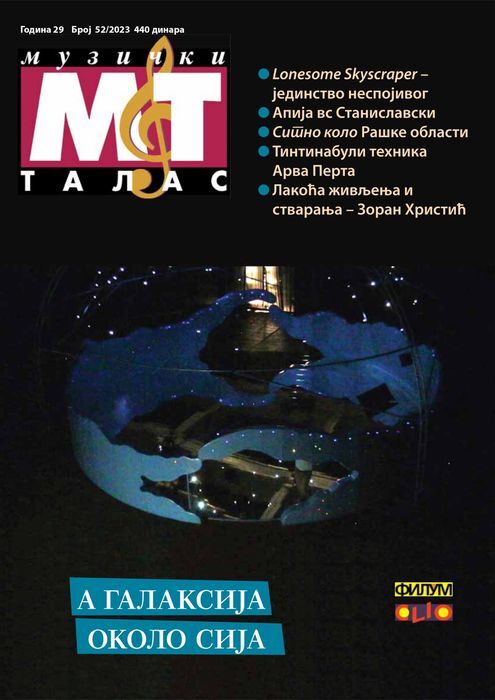
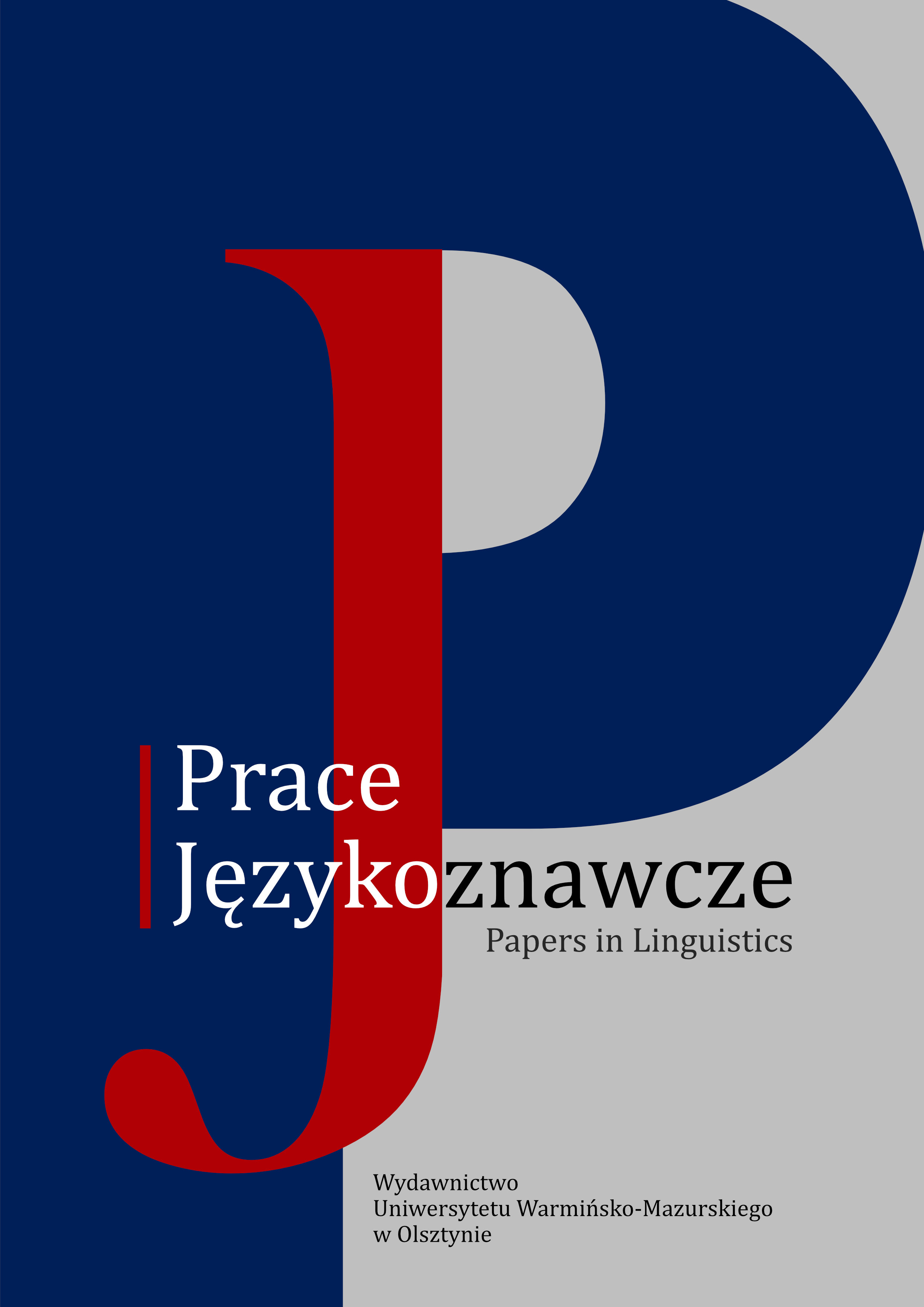
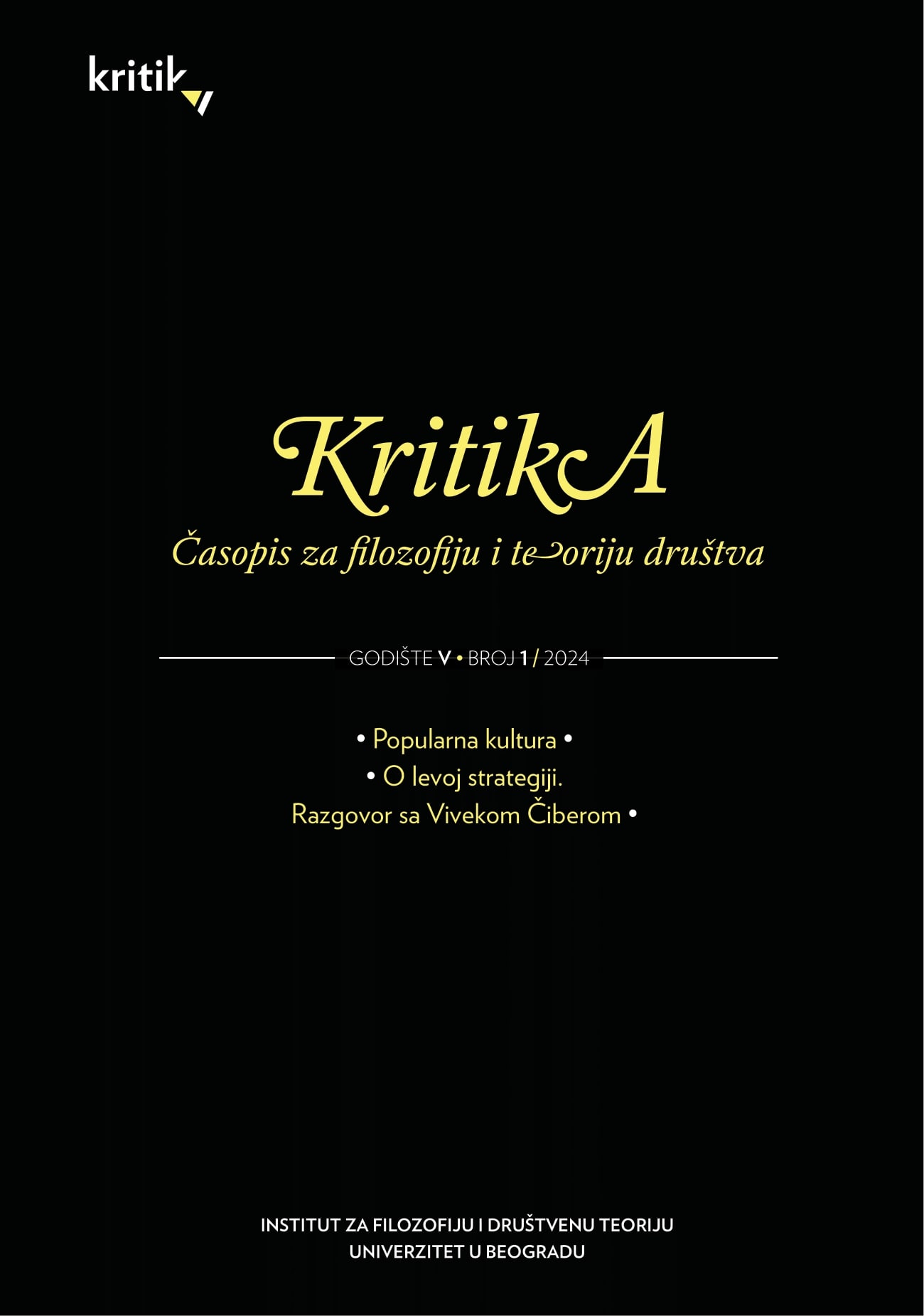
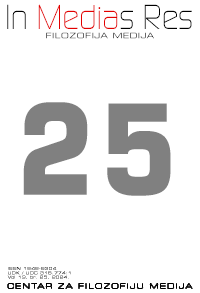
![Beat music, sláger, and different song translations in Socialist Hungary [Ignász, Ádám (ed.) (2023). Translation, adaptation, and intertextuality in Hungarian popular music. (Jazz under State Socialism. Volume 8). Lausanne et al: Peter Lang. Pp. 282]](/api/image/getissuecoverimage?id=picture_2024_84687.png)

